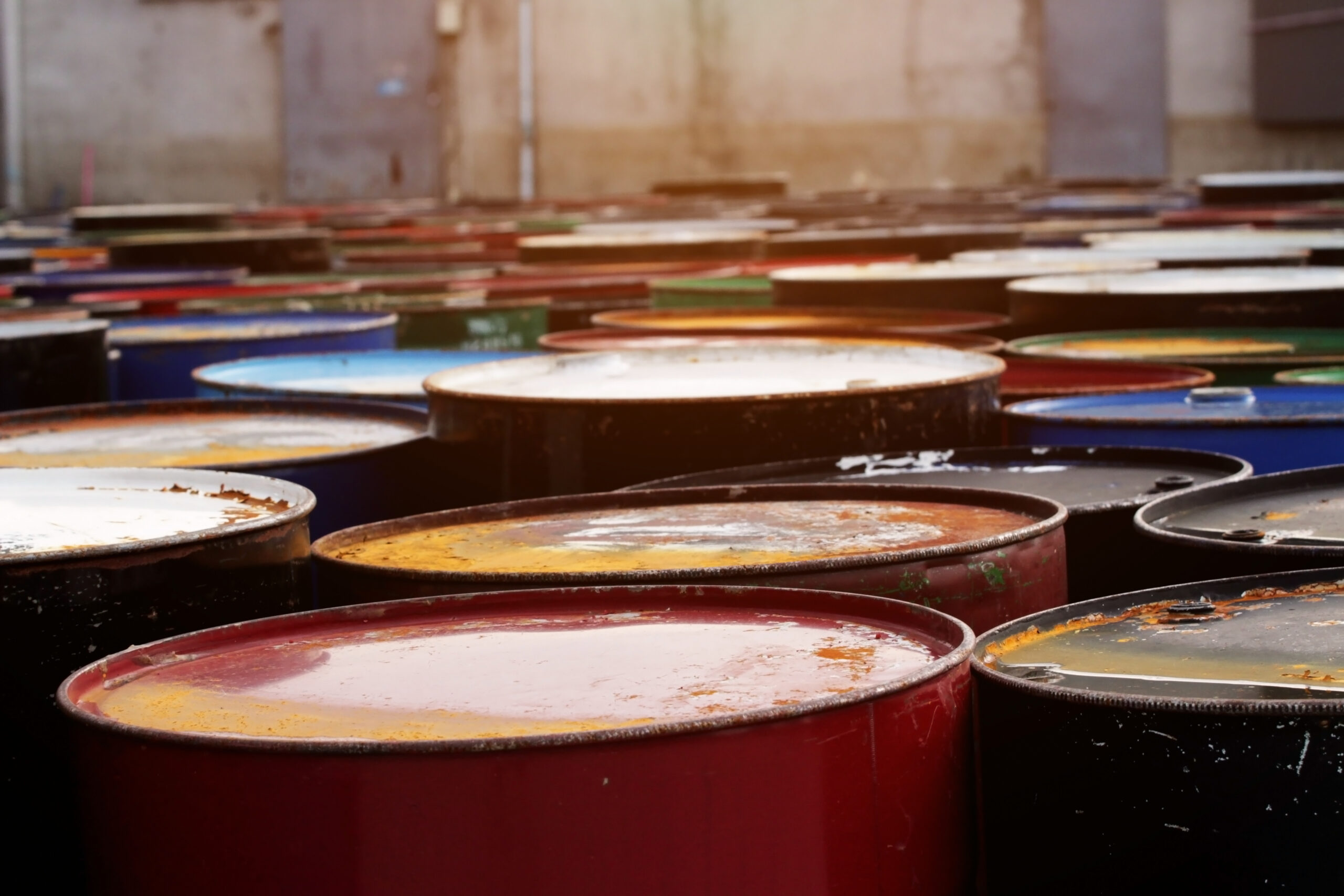
Poison classification – Class 6 – is one of 9 such classifications by the EPA. Poisons are regulated by other federal departments and agencies such as the DOT during transportation, USPS in shipping or mailing, and OSHA, where workplace safety matters. By law, any company, business, institution, or facility handling a Class 6 hazardous material and its storage and disposal are subject to cradle-to-grave management. In addition to federal programs, every state and territory of the US has regulatory requirements that hazardous waste generators must follow.
What are Poisons?
Poisons are hazardous toxic materials and substances that can result in serious health issues or cause death in humans and animals. Hazard Class 6 poisons are divided into two subdivisions: Toxic Materials and Infectious Substances, i.e., Division 6.1 and Division 6.2, respectively.
Division 6.1 includes those toxic substances, poisons, and irritating materials that can cause serious injury or death if swallowed, if contact is made with skin, or inhaled. In other words, three types of toxicity are defined under this subdivision. Examples of 6.1 substances and materials include bromobenzyl cyanide, methyl bromide, motor fuel anti-knock mixtures, and tear gas.
Toxicity is differentiated to describe the kind of toxic substance and help identify the type of poison. The three types of toxicity are Oral toxicity, Dermal toxicity, and Inhalation toxicity.
As the names suggest:
- Oral toxicity are poisons that are only toxic when ingested orally;
- Dermal toxicity are poisons that present a hazard when they come into contact with skin;
- Inhalation toxicity is caused by gases, vapors, mist, or dust that are toxic or poisonous when inhaled.
Irritating materials under Division 6.1 are not considered fatal but cause irritation to the eyes, nose, and throat that can impair a person temporarily but, in time, will subside. The effects then are reversible. Tear gas is a good example of the type of intense fumes that can cause such irritation temporarily.
Division 6.2 covers infectious substances, those “dangerous goods” that contain pathogens. In the regulations of dangerous goods, pathogens are defined as microorganisms such as bacteria, viruses, fungi, parasites, rickets, and related agents that can cause disease to humans or animals when contact is made. Examples of 6.2 materials that would be classified as an infectious substances are regulated medical waste, sharps medical waste, biological products, used health care products, and forensic materials.
Your Responsibilities as a Class 6 Generator
Class 6 poisons must be properly managed from the cradle-to-grave as a hazardous material. There are specific safety measures that hazardous waste generators are responsible for. The safe handling, storage, transportation, and disposal of hazardous waste with poison classification must comply with federal, state, and local regulations. This would, in general, include storing and shipping the material in approved packages or containers. Material shipped off-site must have proper hazardous waste material labels and placards. These placards feature either the familiar skull and crossbones symbol or the biohazard symbol. The EPA imposed a manifest system to track hazardous wastes cradle-to-grave decades ago. From 2018, the EPA requires an electronic shipping manifest that allows the tracking of hazardous waste shipments.
When packing and shipping Division 6.2 infectious substances, they must be assigned to one of two categories. The first, Category A, regards the transportation of any infectious substances that can cause permanent disability or are life-threatening upon exposure. The second, Category B, refers to any substance not covered by the criteria under Category A.
How to Manage Hazardous Waste with Poison Classification
Class 6 hazardous materials pose a danger to human health and the environment, and it is incumbent upon every organization to properly manage them. Companies and organizations must comply with state and federal regulations when transporting and disposing of Class 6 hazardous materials.
Partnering with an experienced hazardous management company like MLI Environmental can help your organization transport and dispose of Class 6 hazardous materials. MLI offers personalized and comprehensive hazardous and non-hazardous waste management services to ensure the safety of people, places, and the environment, which will help you avoid costly mistakes. Please contact us at MLI Environmental today to learn more about our hazardous waste management services.
